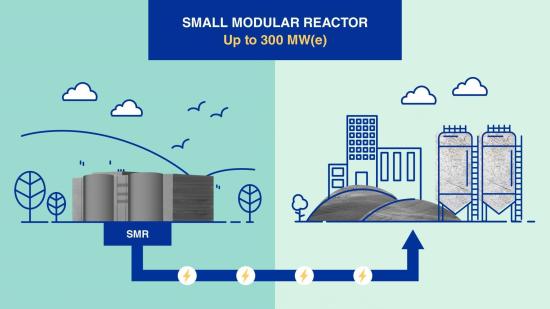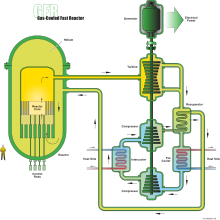Nuclear energy - “Doom or an Asset?”
Nuclear energy - “Doom or an Asset?”
~Rohan Gupta
Oil also referred as “Black Gold” has been the most prominent and conventional energy source known to mankind. We are now at a point where most of the countries are tremendously dependent on it, just like the US economy which has a contribution of 4.8% in the nation's GDP by the oil and gas industry. People are also inevitably dependent on it, as the energy sector alone employs more than 41 million across the globe according to a survey from 2019. As technology was advancing, it was soon to be discovered that the sources were limited and as the consumption was increasing, it was soon realized that fossil fuels were the main contributor to increasing pollution across the world and various other malignant effects. From then on, governments worldwide have been collectively working to limit its use and discover non-conventional energy sources. The main alternatives to oil and gas energy include nuclear power, solar power, ethanol, and wind power. Nuclear energy has come out to be on top in terms of ratio of material input to power output. Nuclear energy has the potential to satisfy all the energy demands that the future holds, only if its potential is realized to the full extent. The first commercial nuclear power station started operations in the 1950s, nuclear energy now provides about 9% of the world’s electricity from about 440 power reactors.
New developments have occurred such as SMRs (small modular reactors), which are advanced nuclear reactors with a power capacity of up to 300 MW. They were originally intended to bring electricity to isolated geographical areas, besides contributing to the decarbonisation of the EU energy mix, they are modular so they are easy to transport and cost-effective. In some parts of the world, the electricity grid simply does not allow for a large power plant, which is the primary target of SMRs.

Several countries are investing in the so-called 4th generation reactor which was dedicated to future research and was launched in 2001, the design of the Gen 4 reactors incorporates a number of technological advancements, and research on these systems is being conducted with the GIF, which has defined the criteria to be met as- sustainability, nuclear safety, economic competitiveness and nuclear proliferation resistance. The conventional nuclear reactors are fed with uranium which is composed of two isotopes: Uranium-235 and Uranium-238. Now the 4th gen reactors only require Uranium-238 to operate. There are huge reserves for this isotope in the world, as it has been set aside for over the years as a by-product of the Uranium-235 enrichment process.

Scientists have also been looking for an alternate fuel to replace Uranium which was mostly Thorium, but the idea of using Thorium as nuclear fuel was largely abandoned because, as nuclear power was linked to military nuclear research and development and both uranium and plutonium were used to make atomic bombs in the past. Thorium’s real advantage is that it can be used in molten salt reactors (MSR), one of the new generation designs in which reactor coolant and the fuel itself are a mixture of hot molten salts and this also takes away the conventional problem of cooling the reactors with huge amounts of water. The MSRs also don’t have the problem of a reactor meltdown. Thorium also limits the rate of nuclear reaction unlike Uranium, it is also four times more abundant than Uranium- the amount found in a country as big as the United States, for example, could meet that country’s energy needs for a thousand years without need for the enrichment required for Uranium-based fuels.
While the true potential of the energy sources in our nature remains unravelled, the way the energy demands are surpassing our expectations, nuclear energy might be the only way for them to be satisfied.


